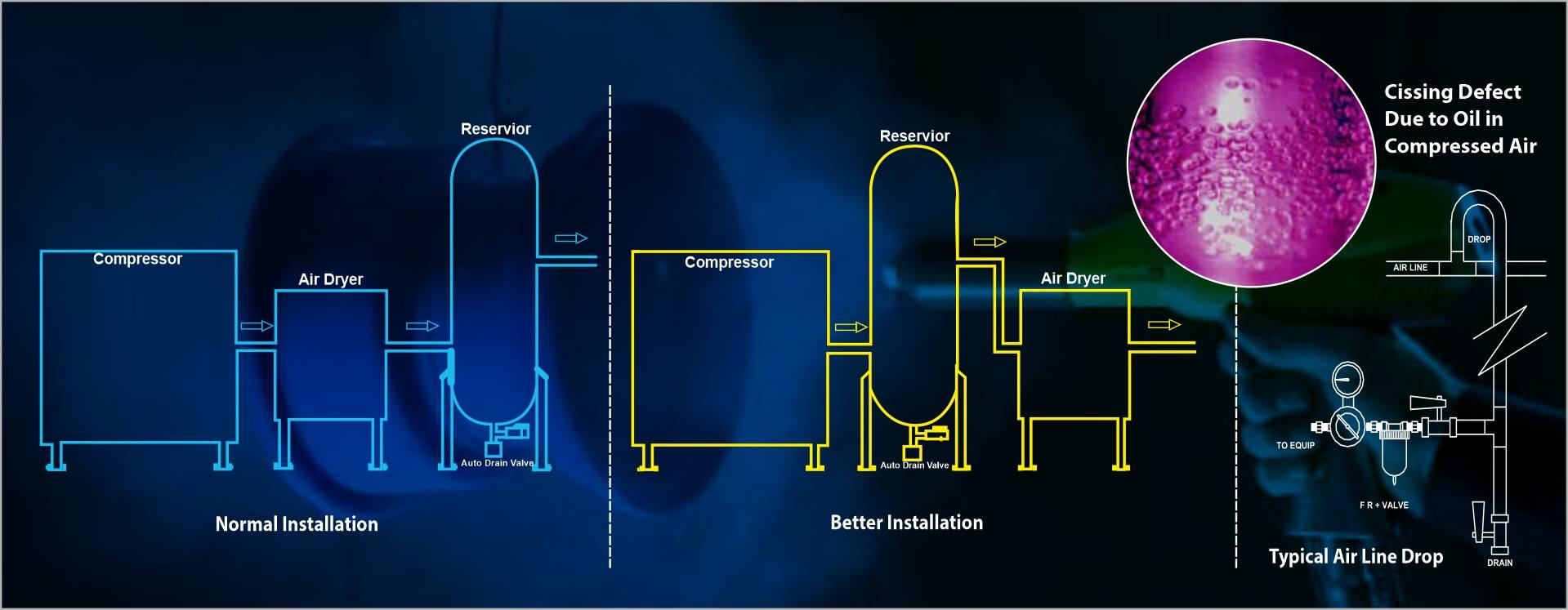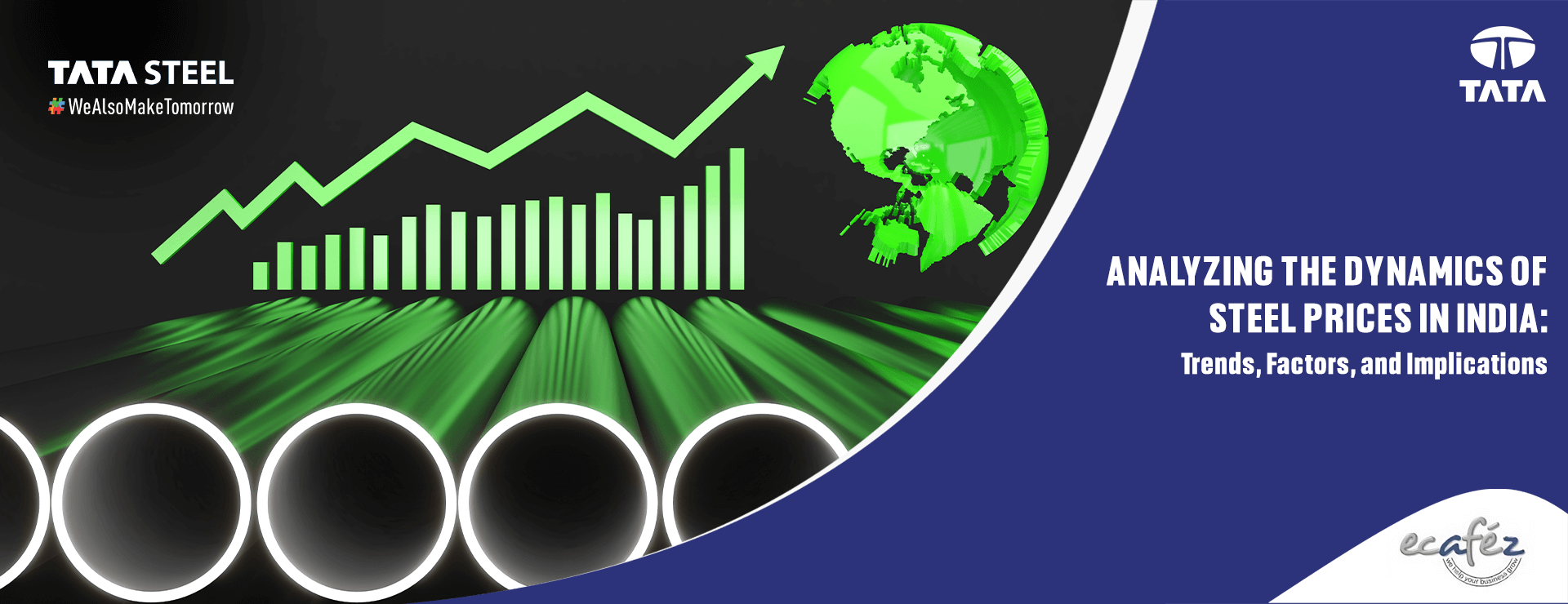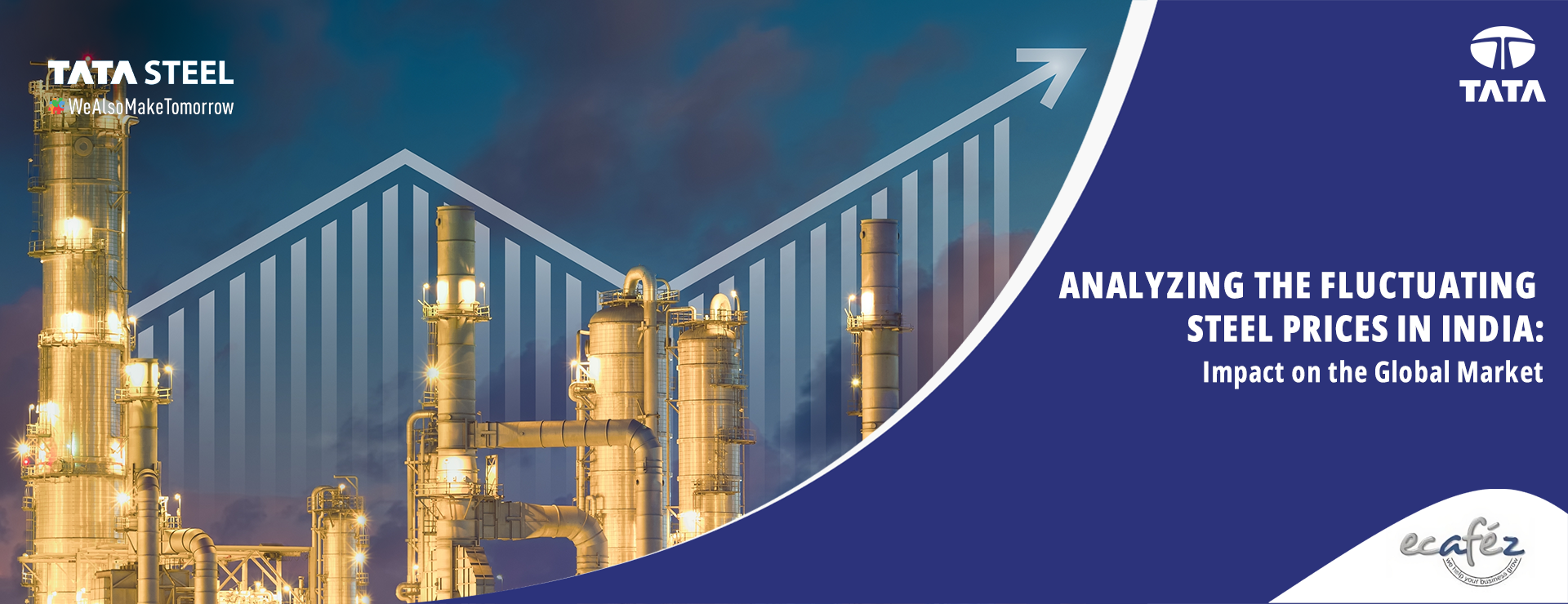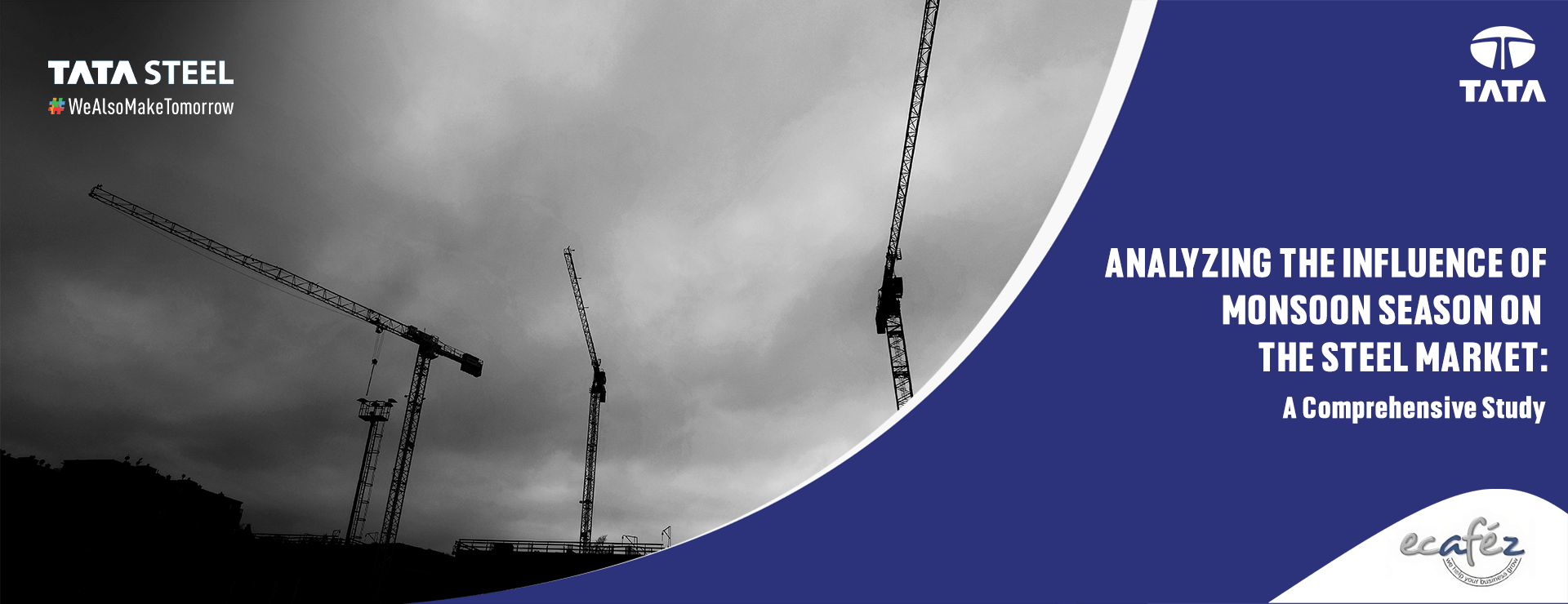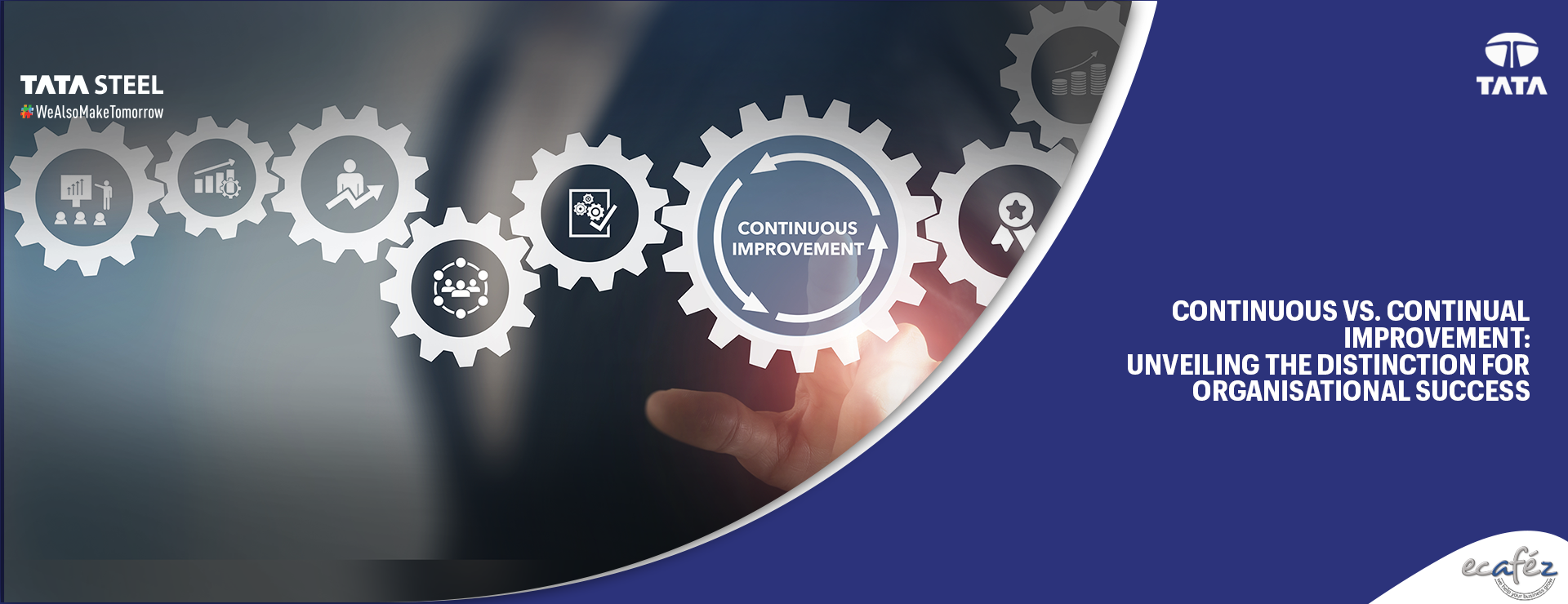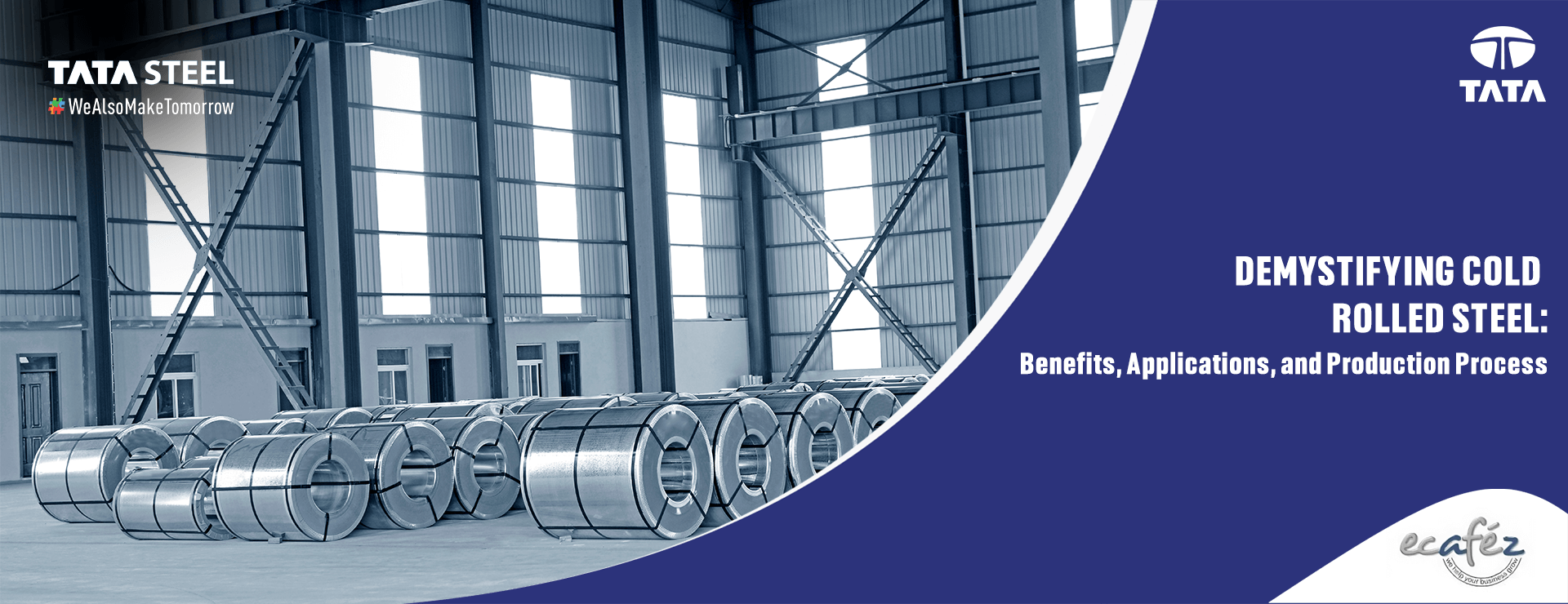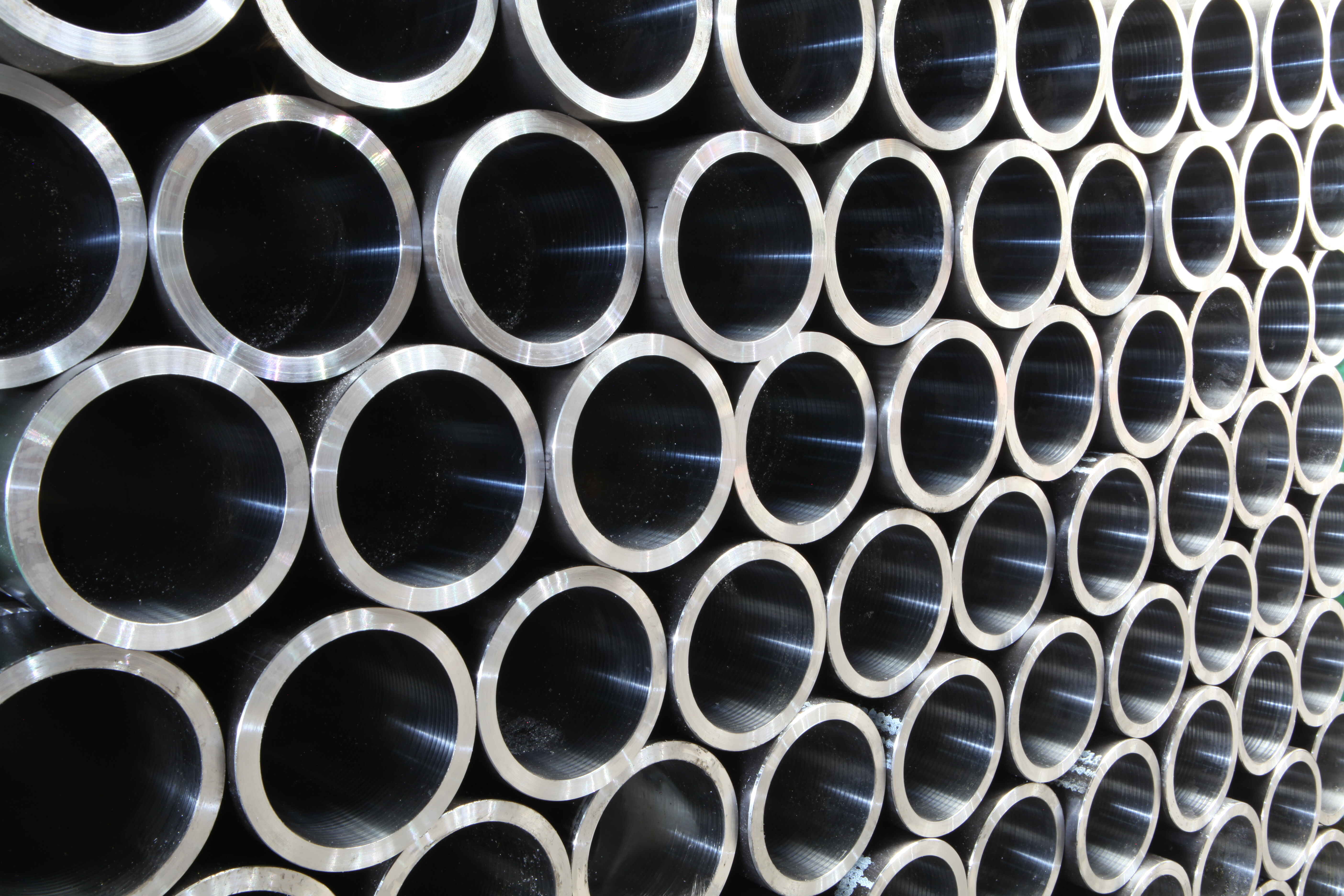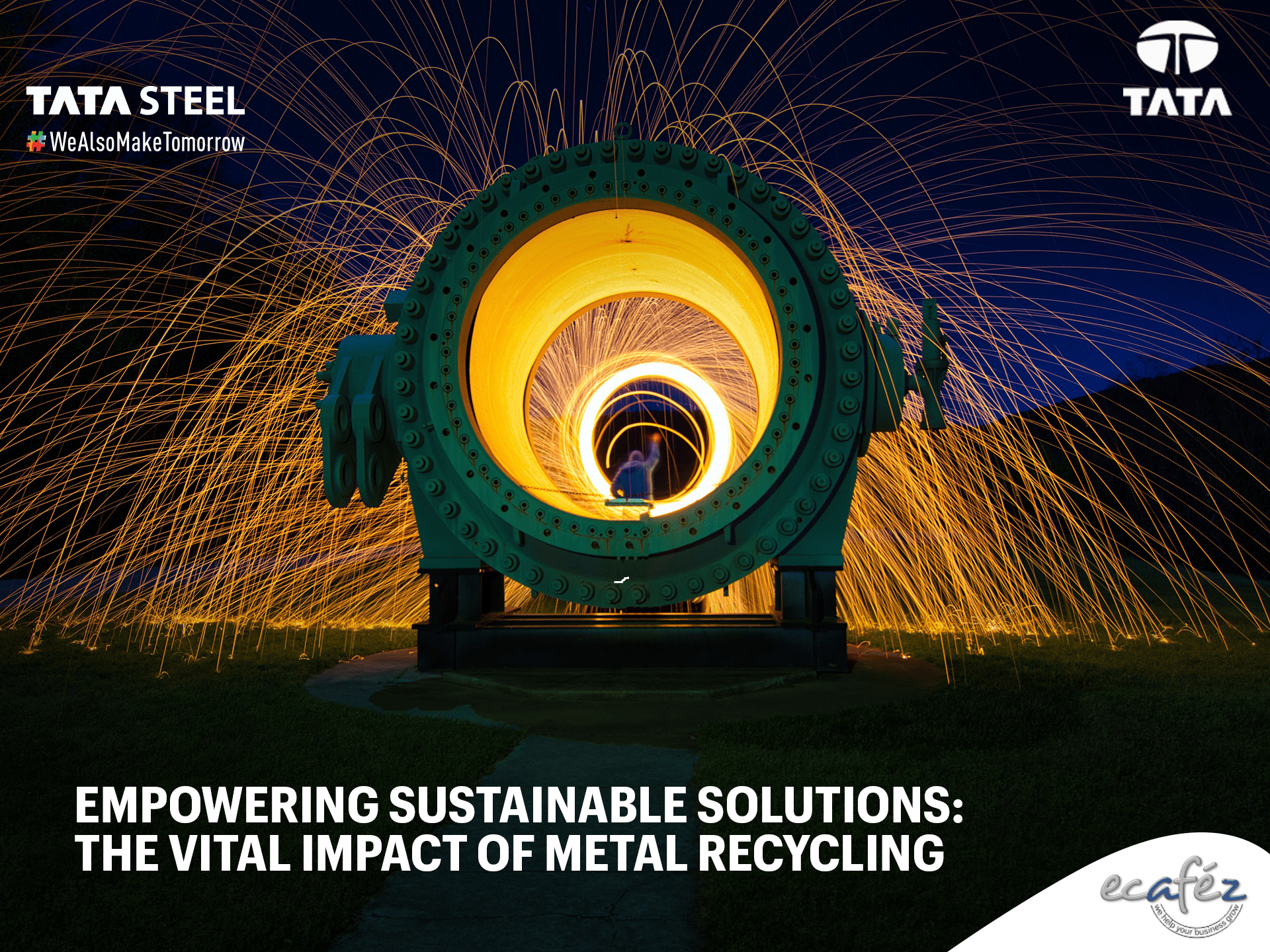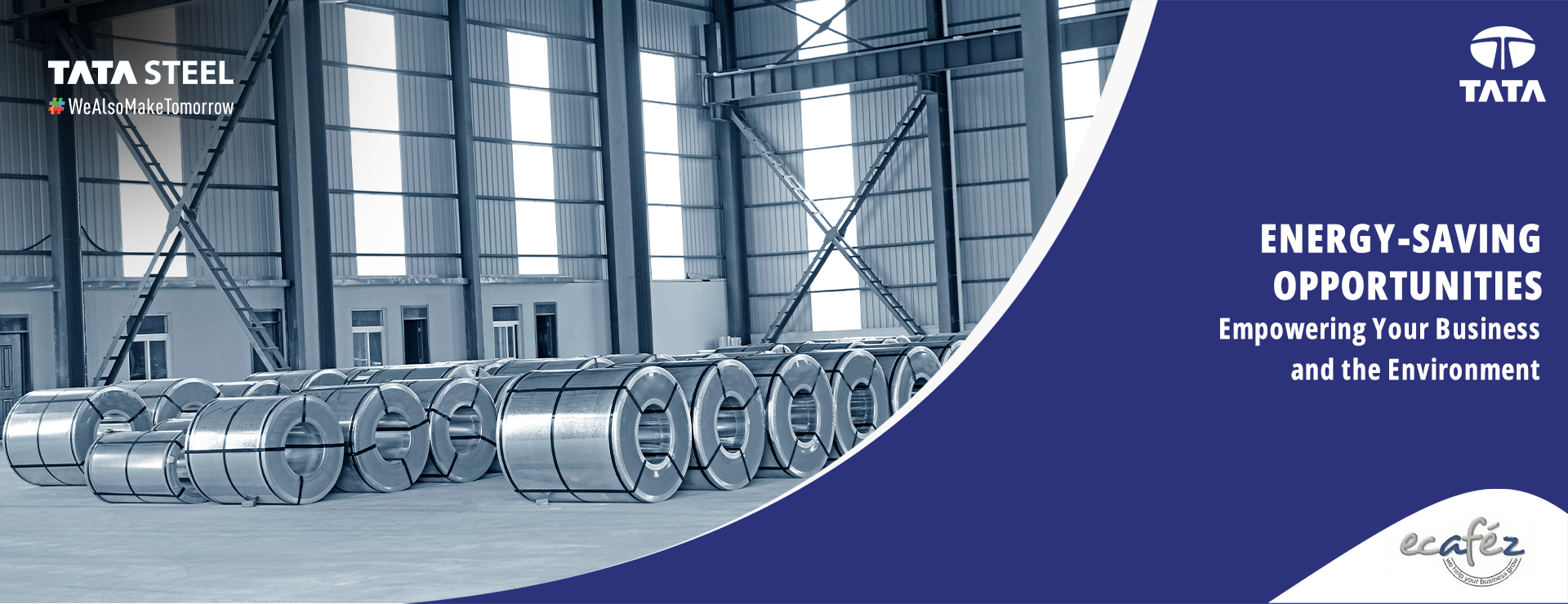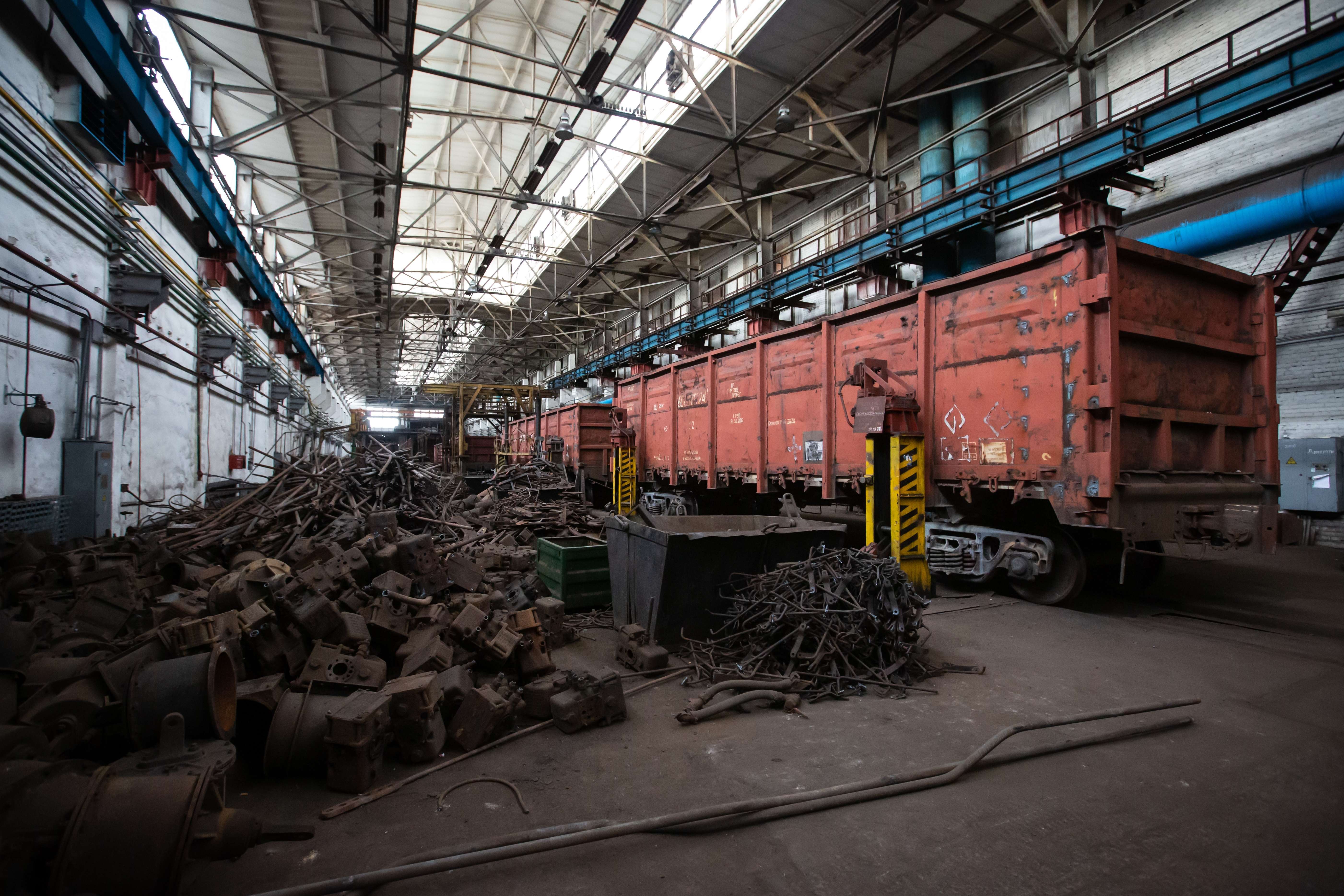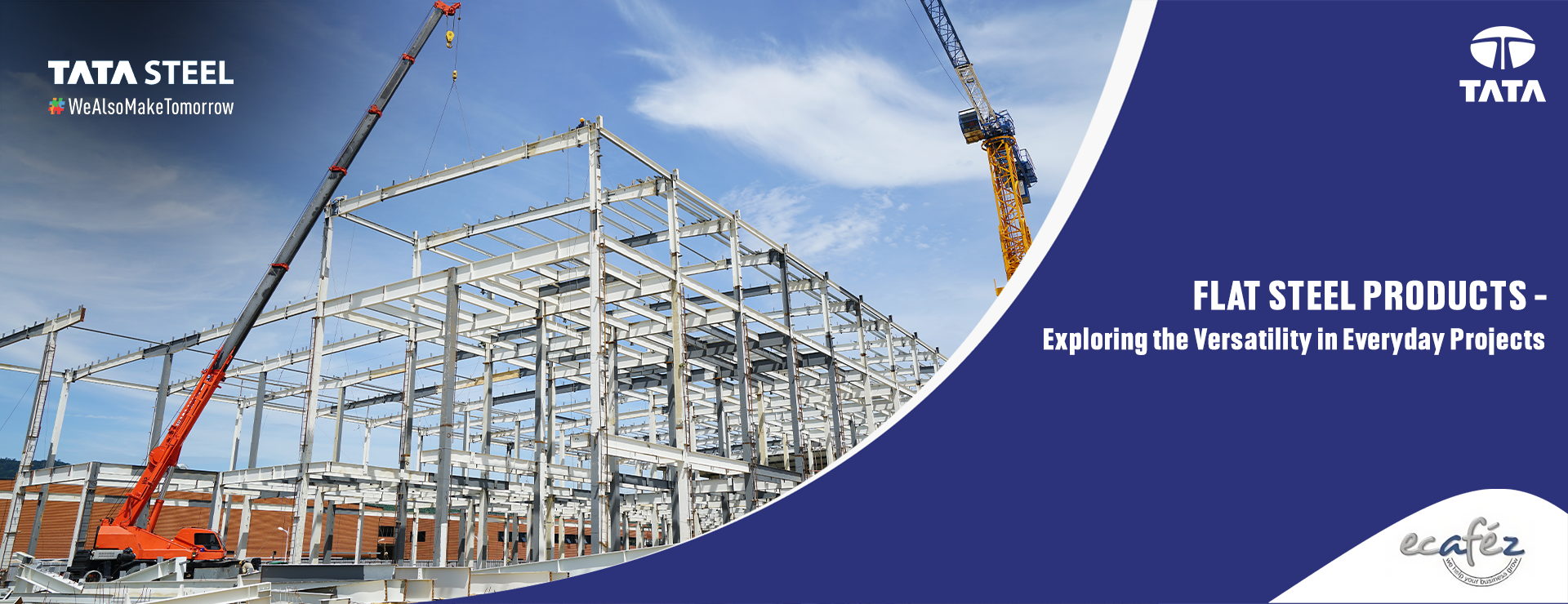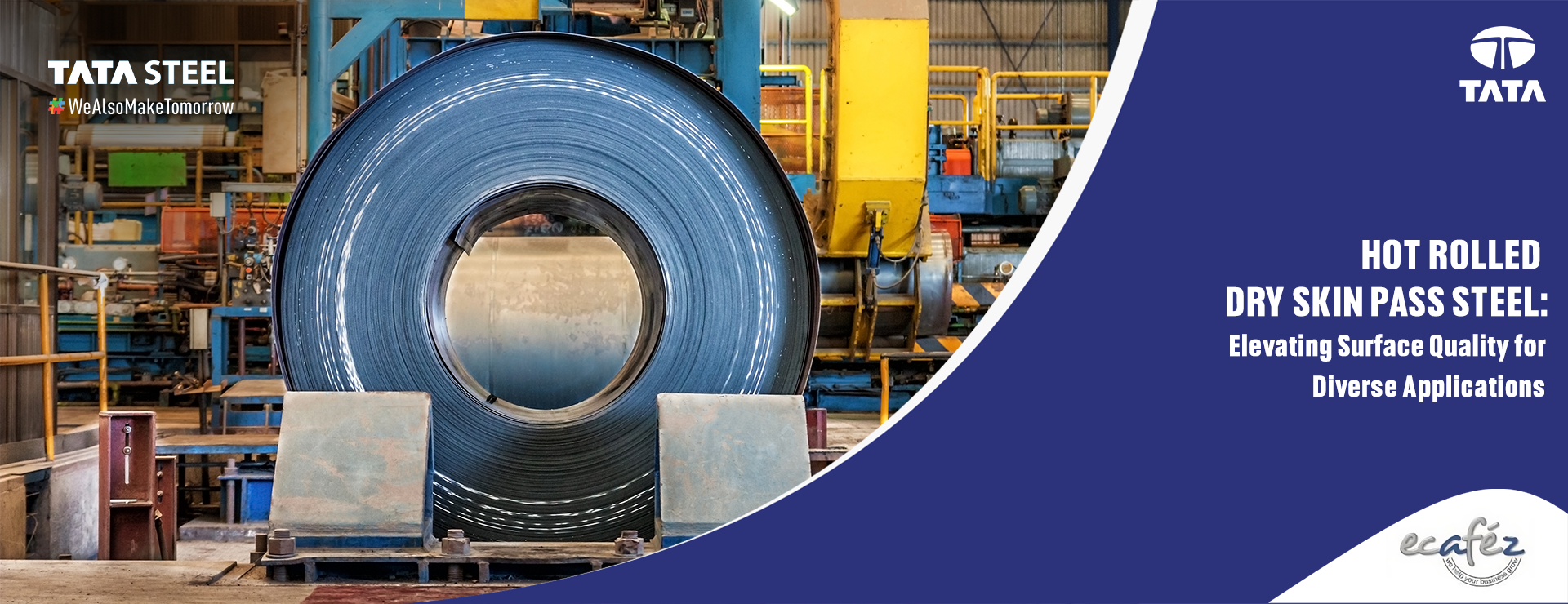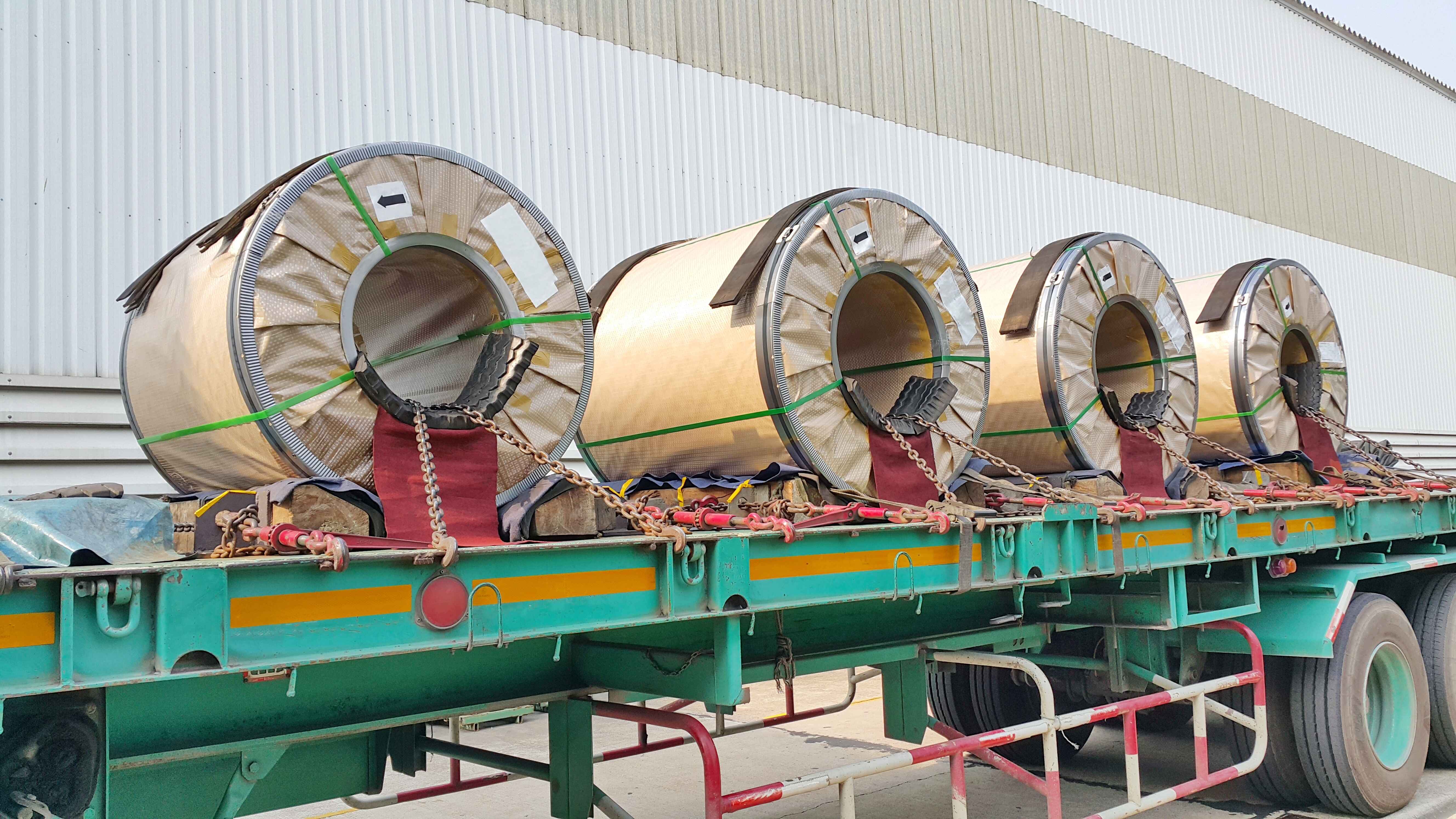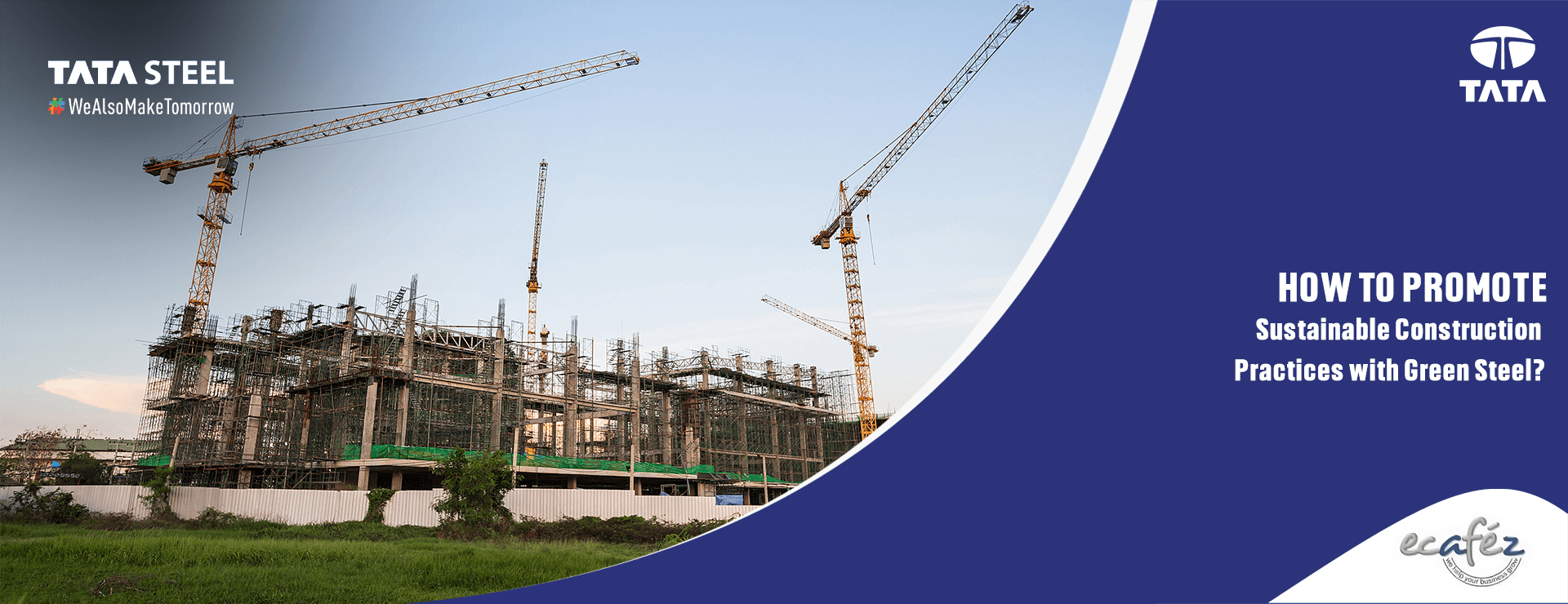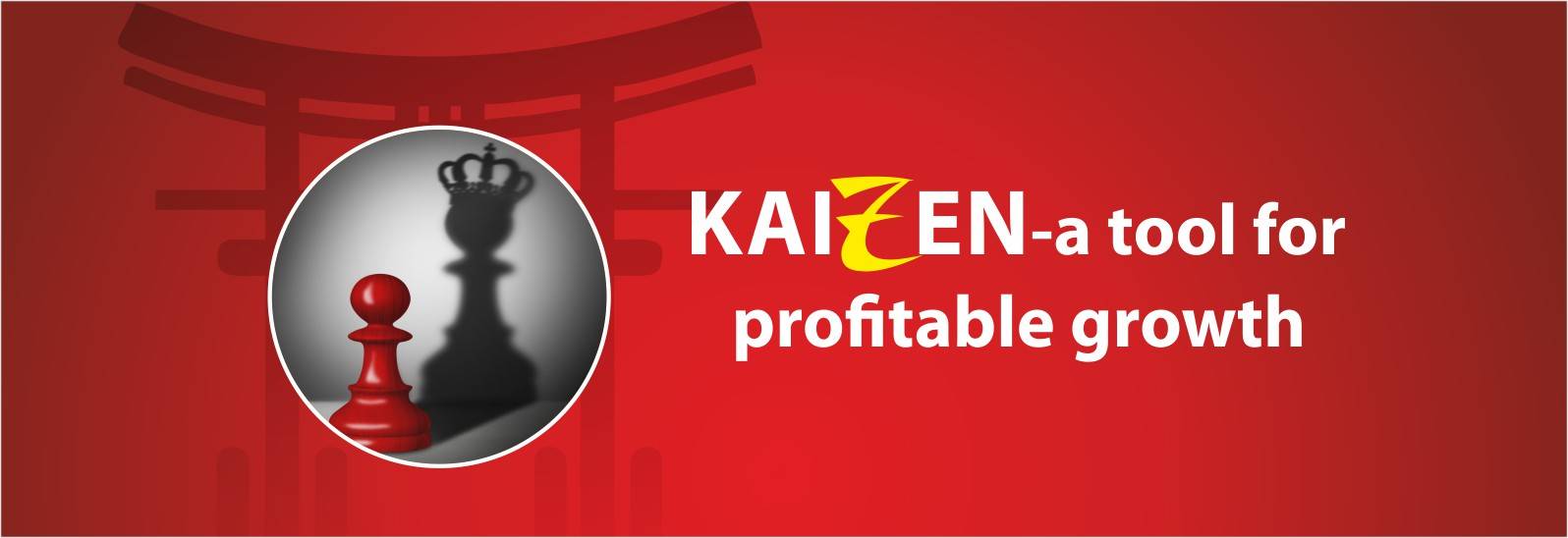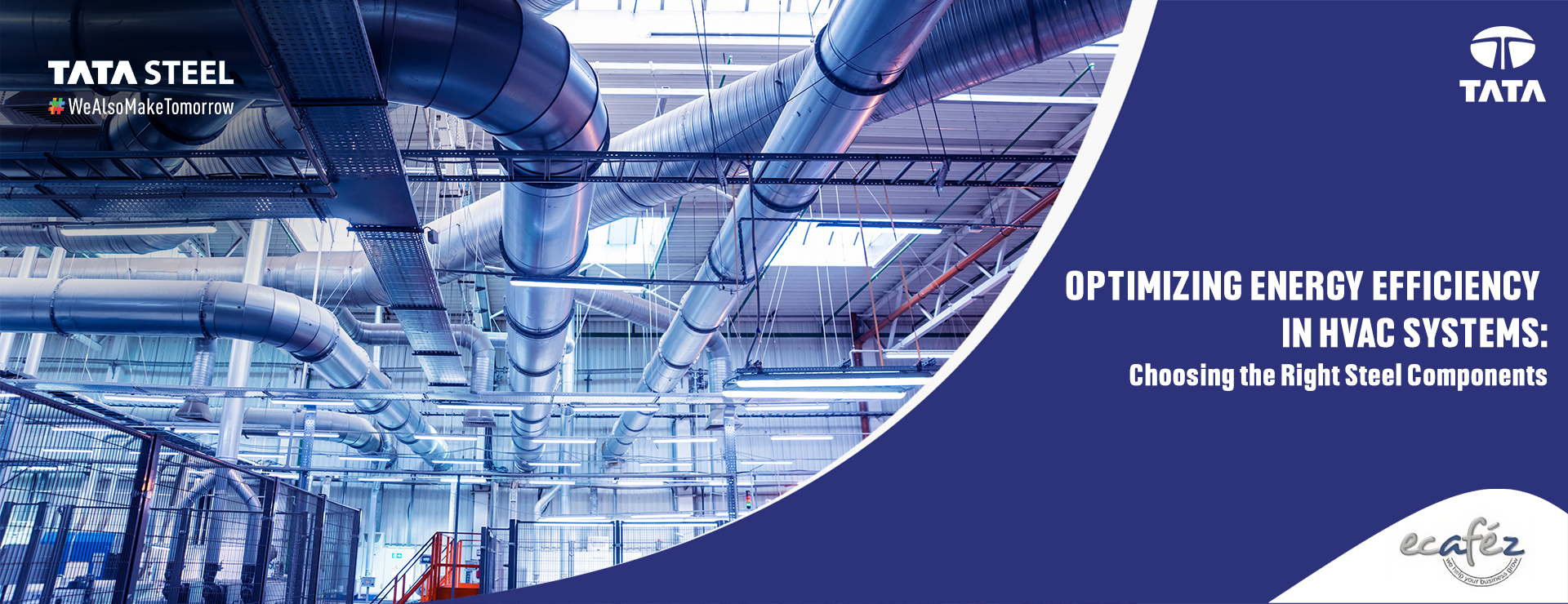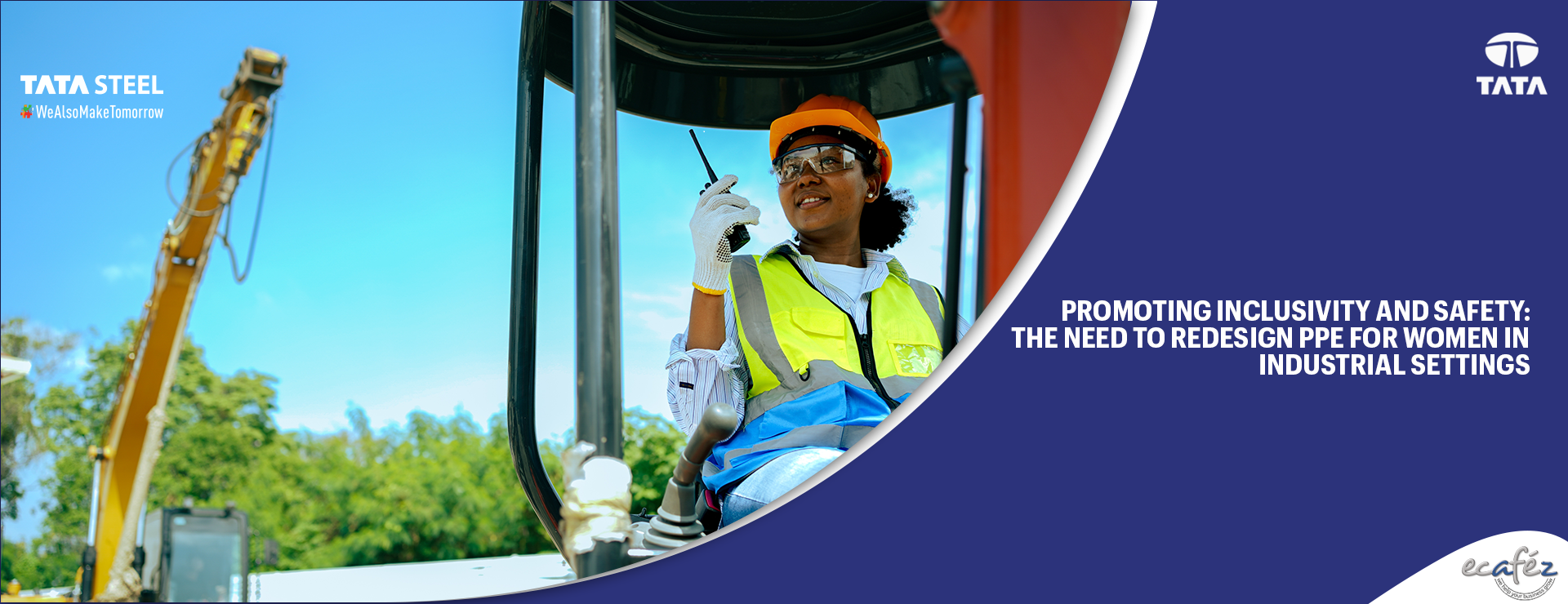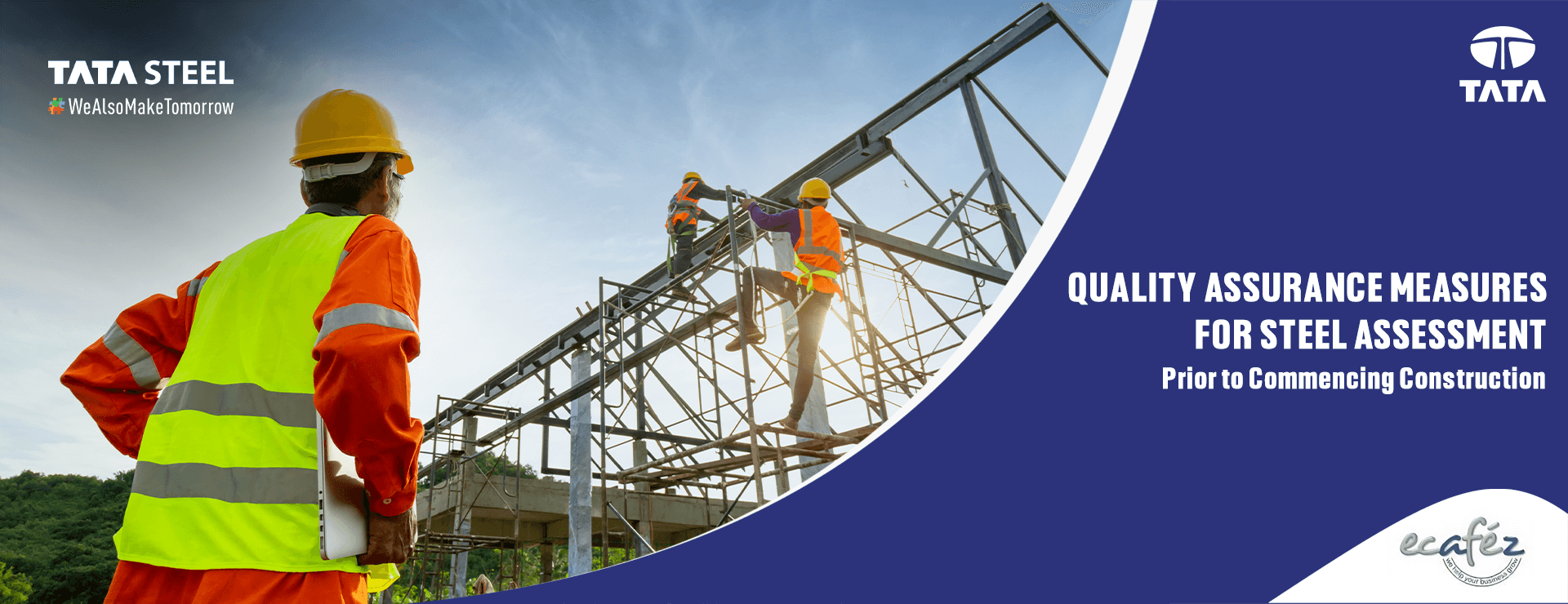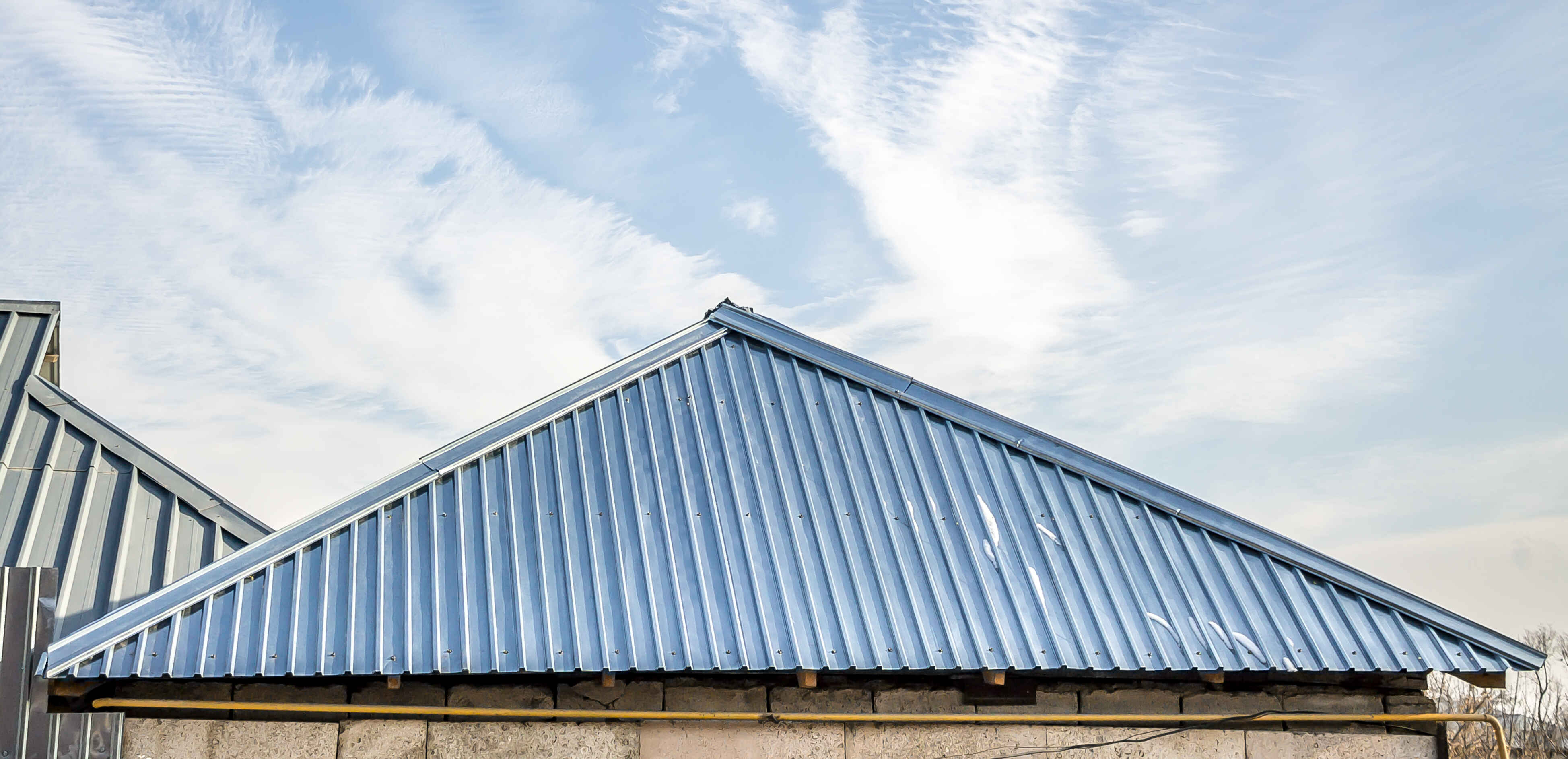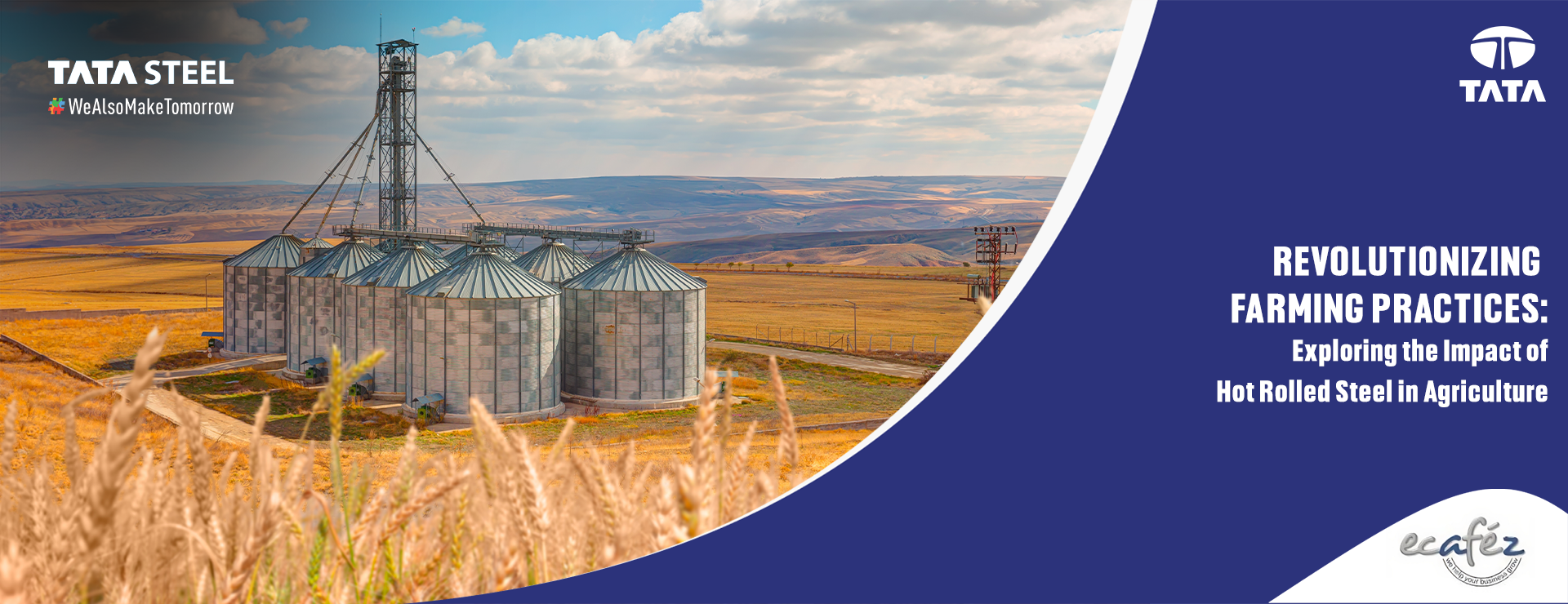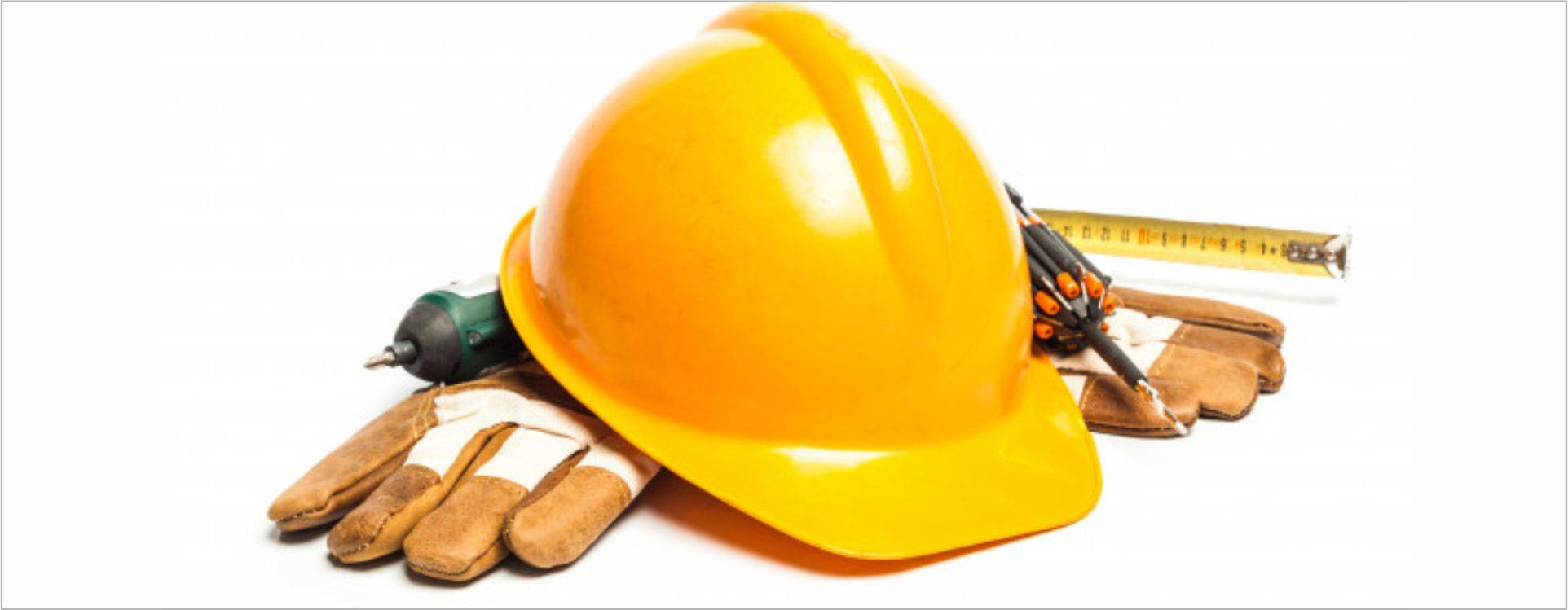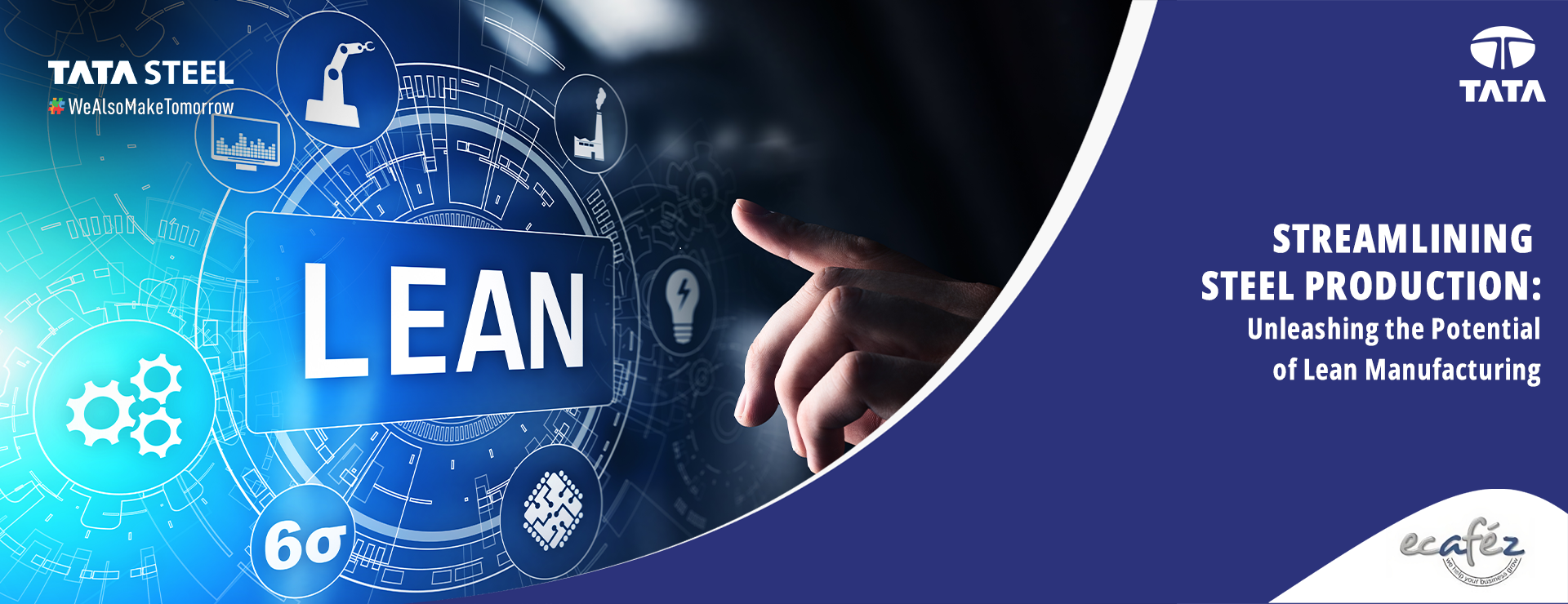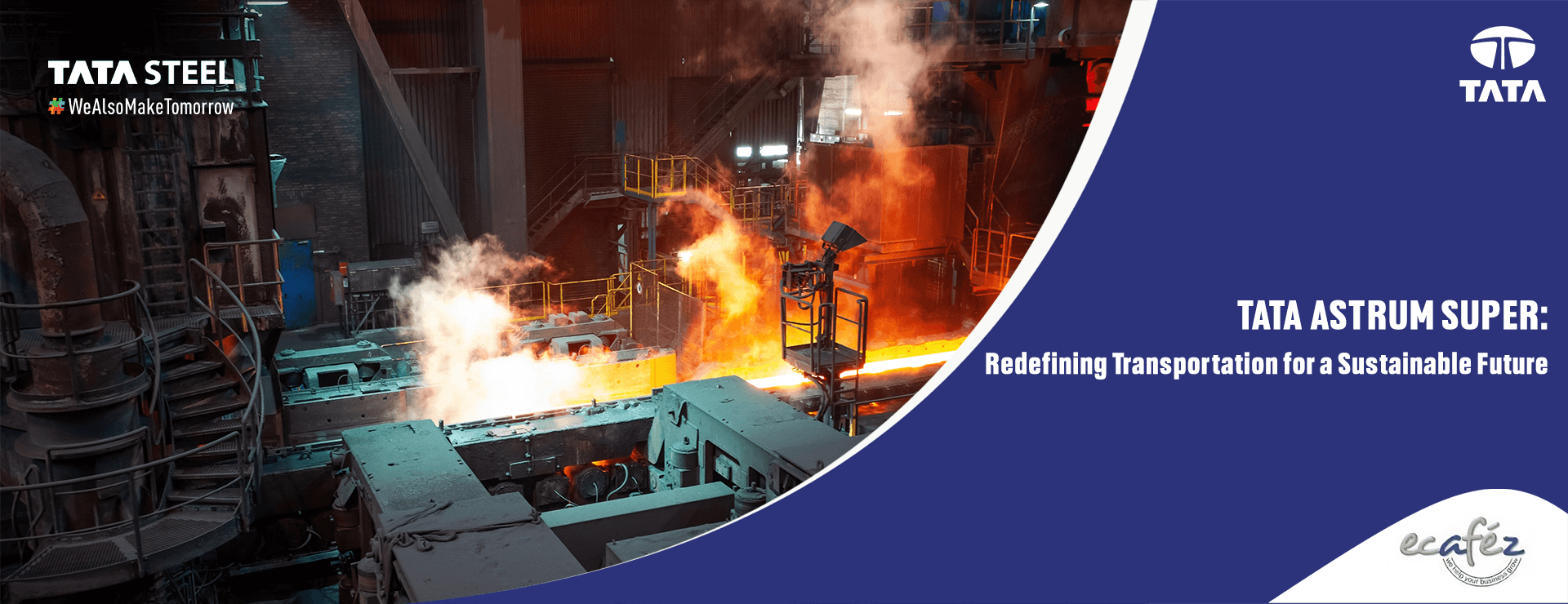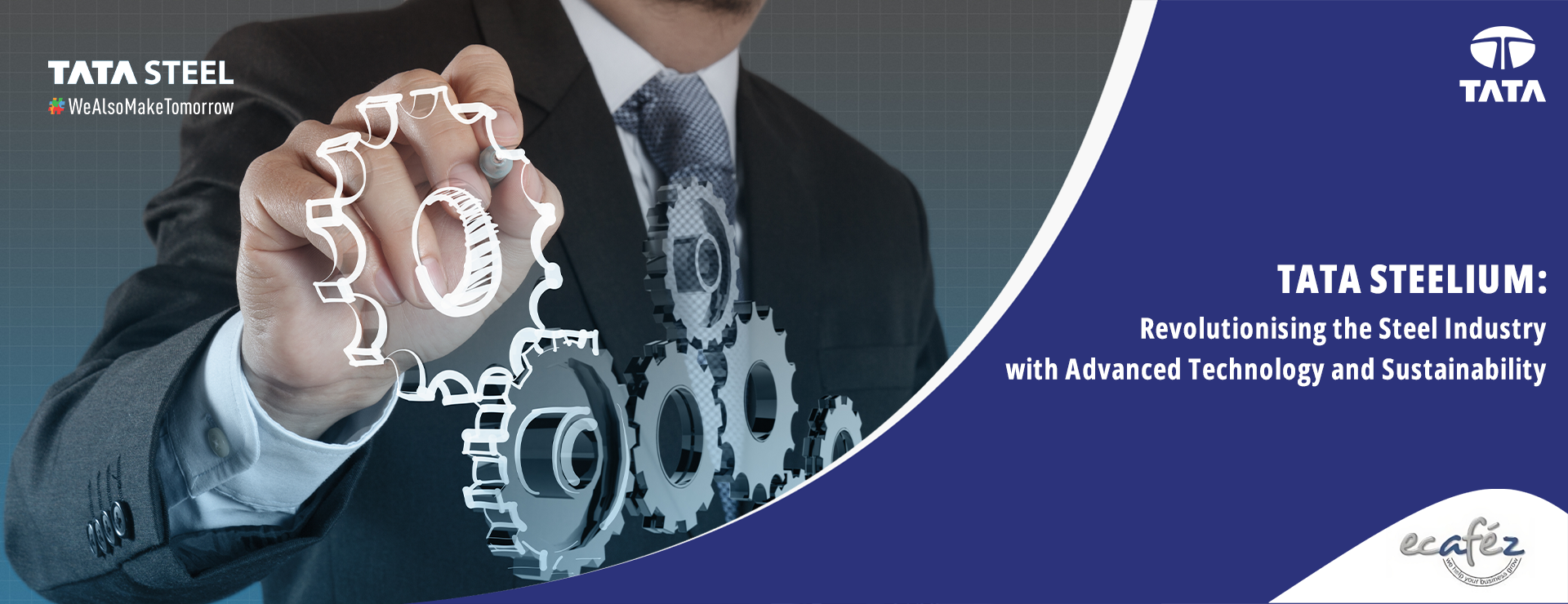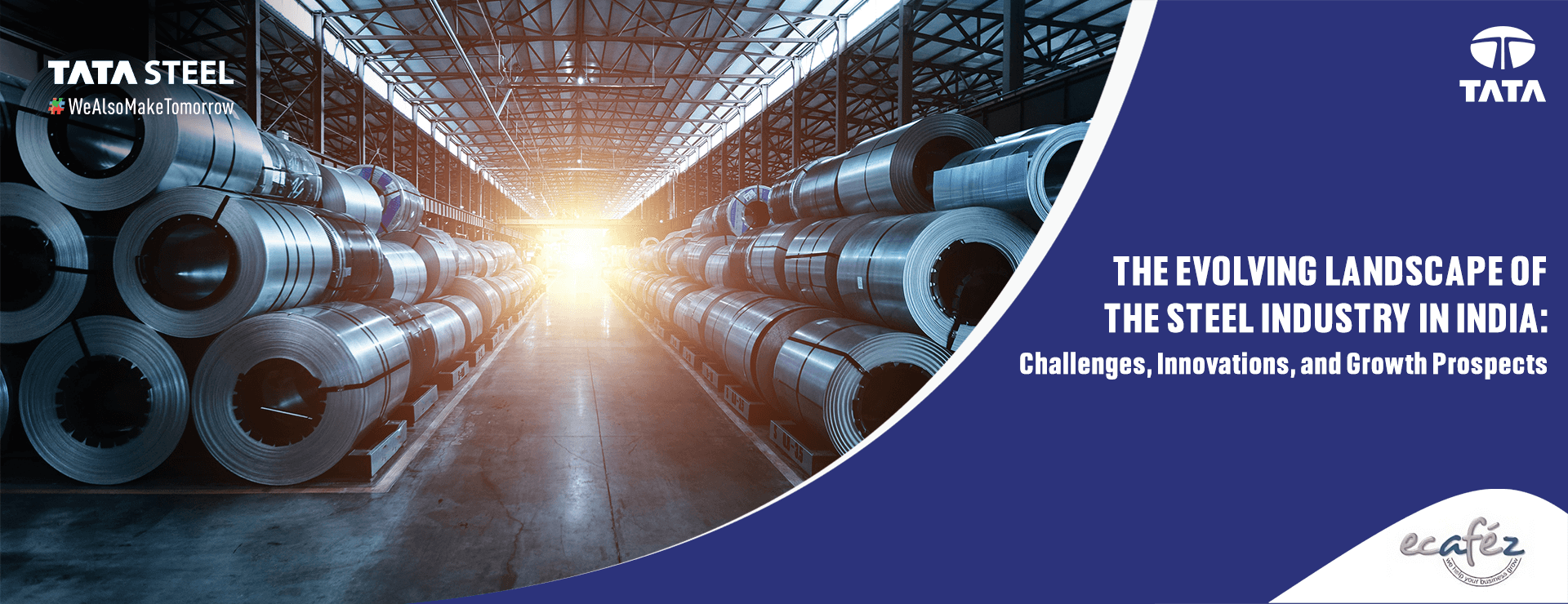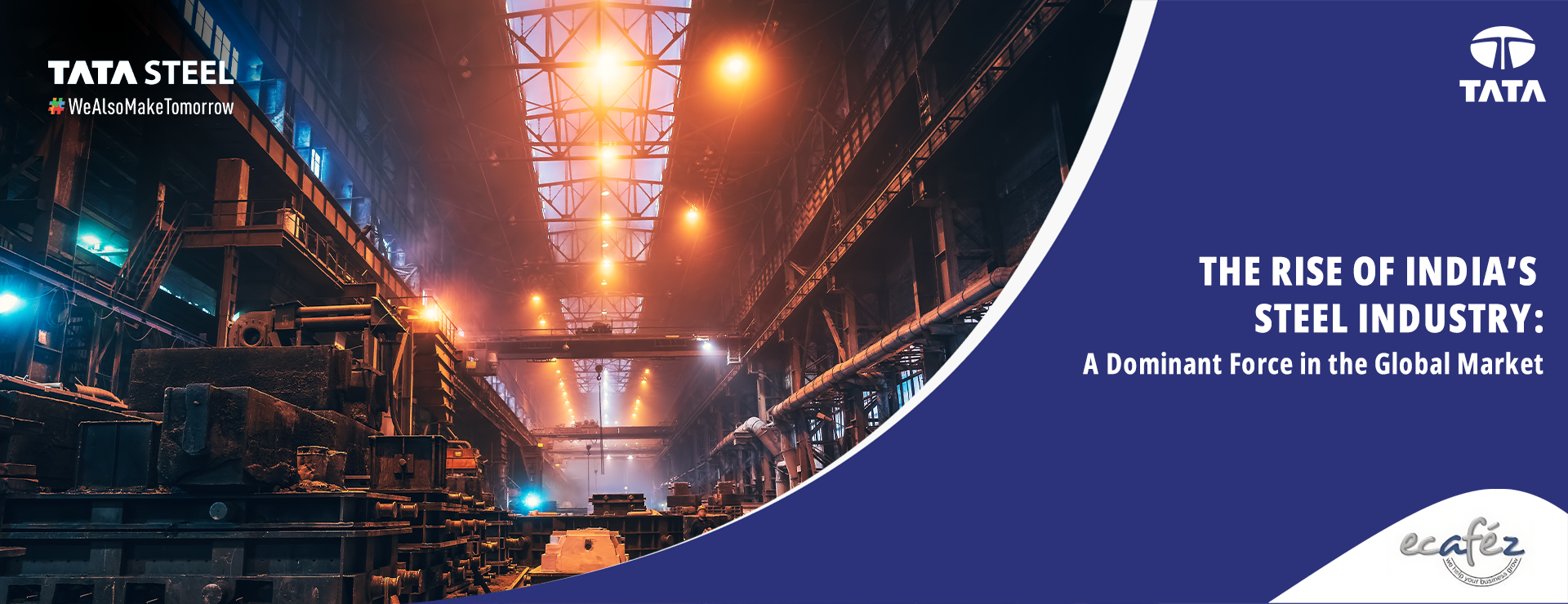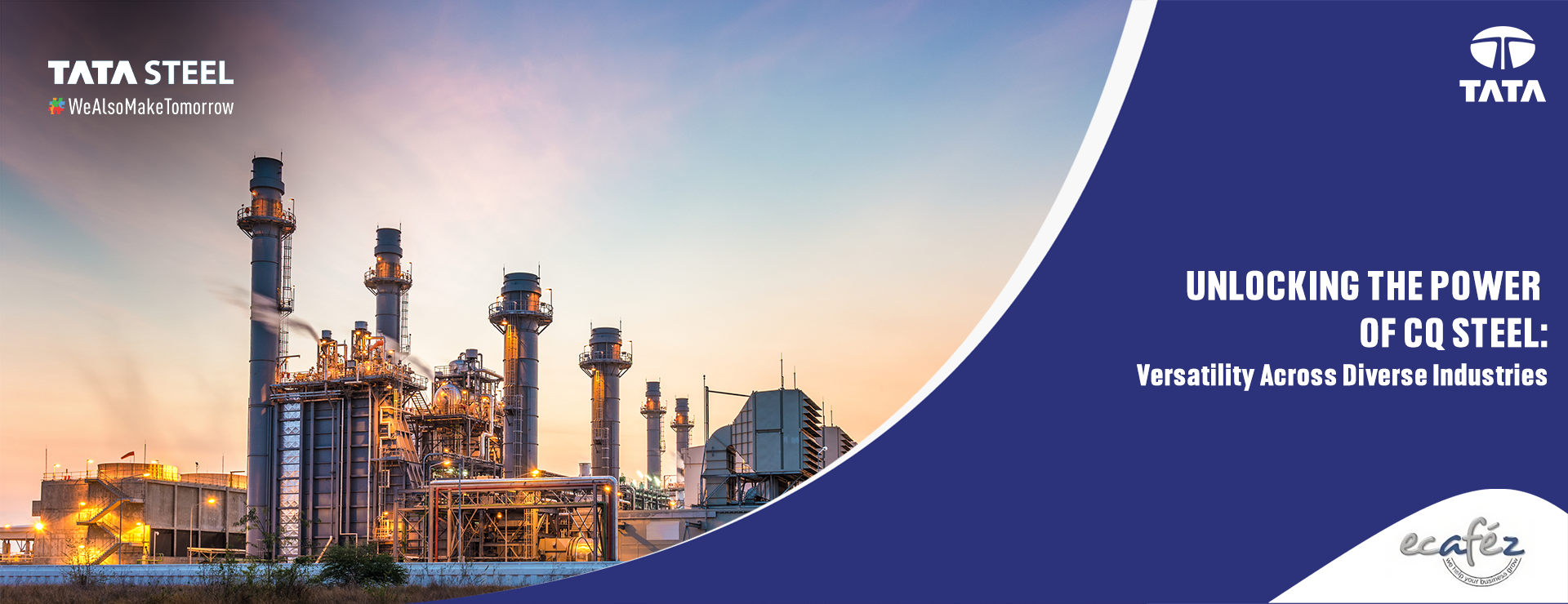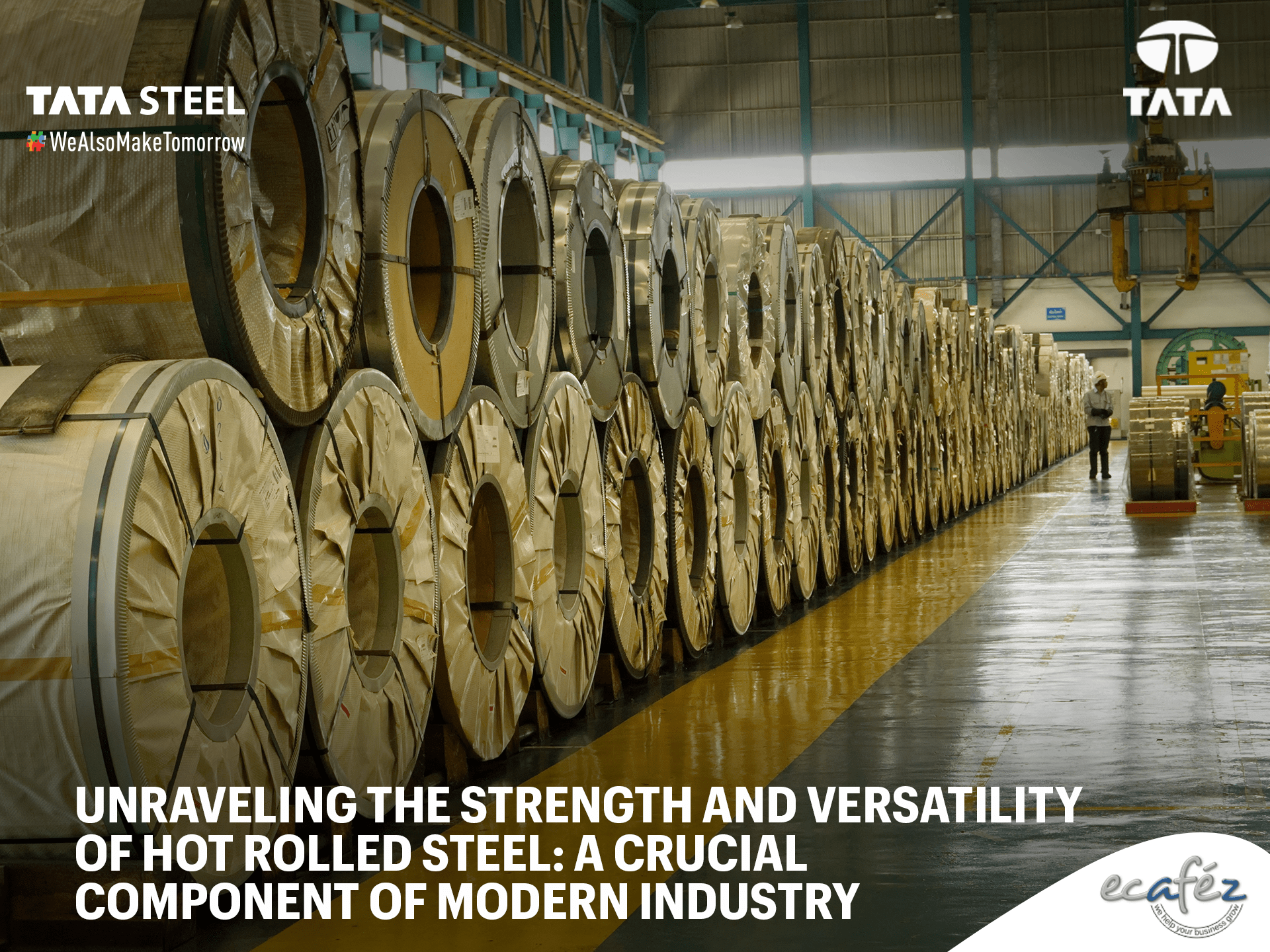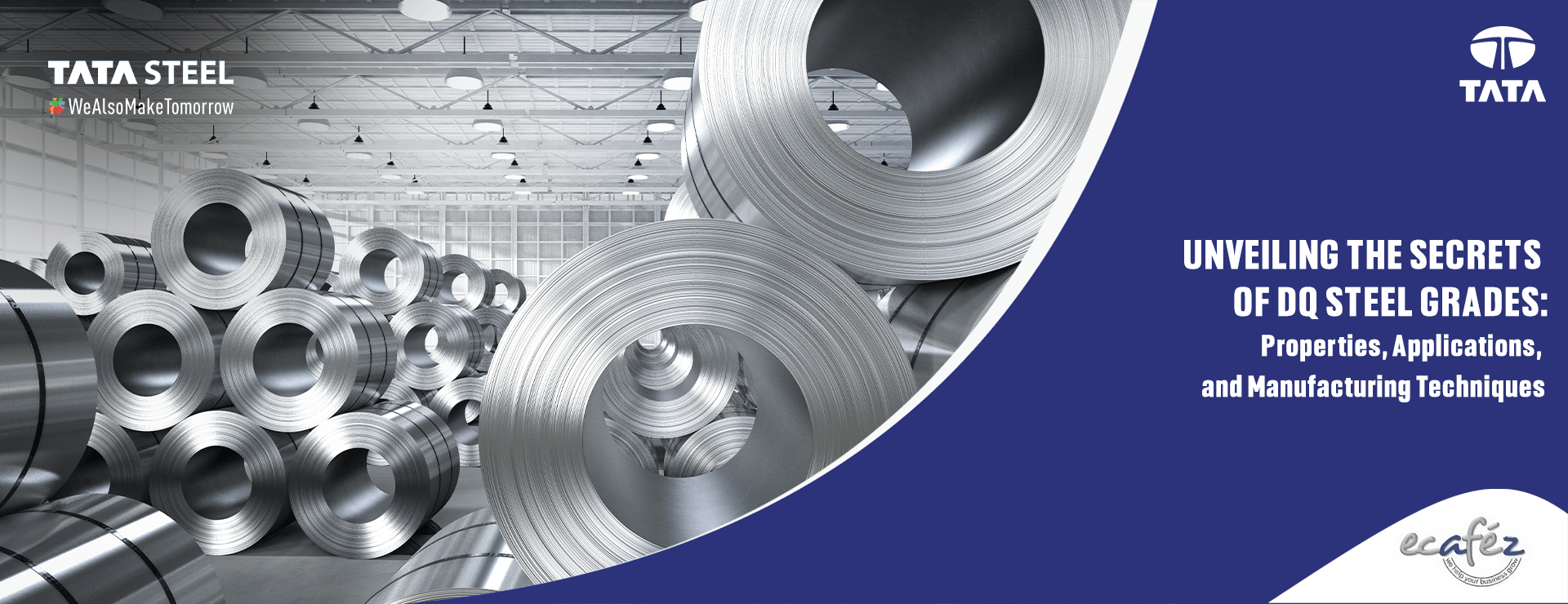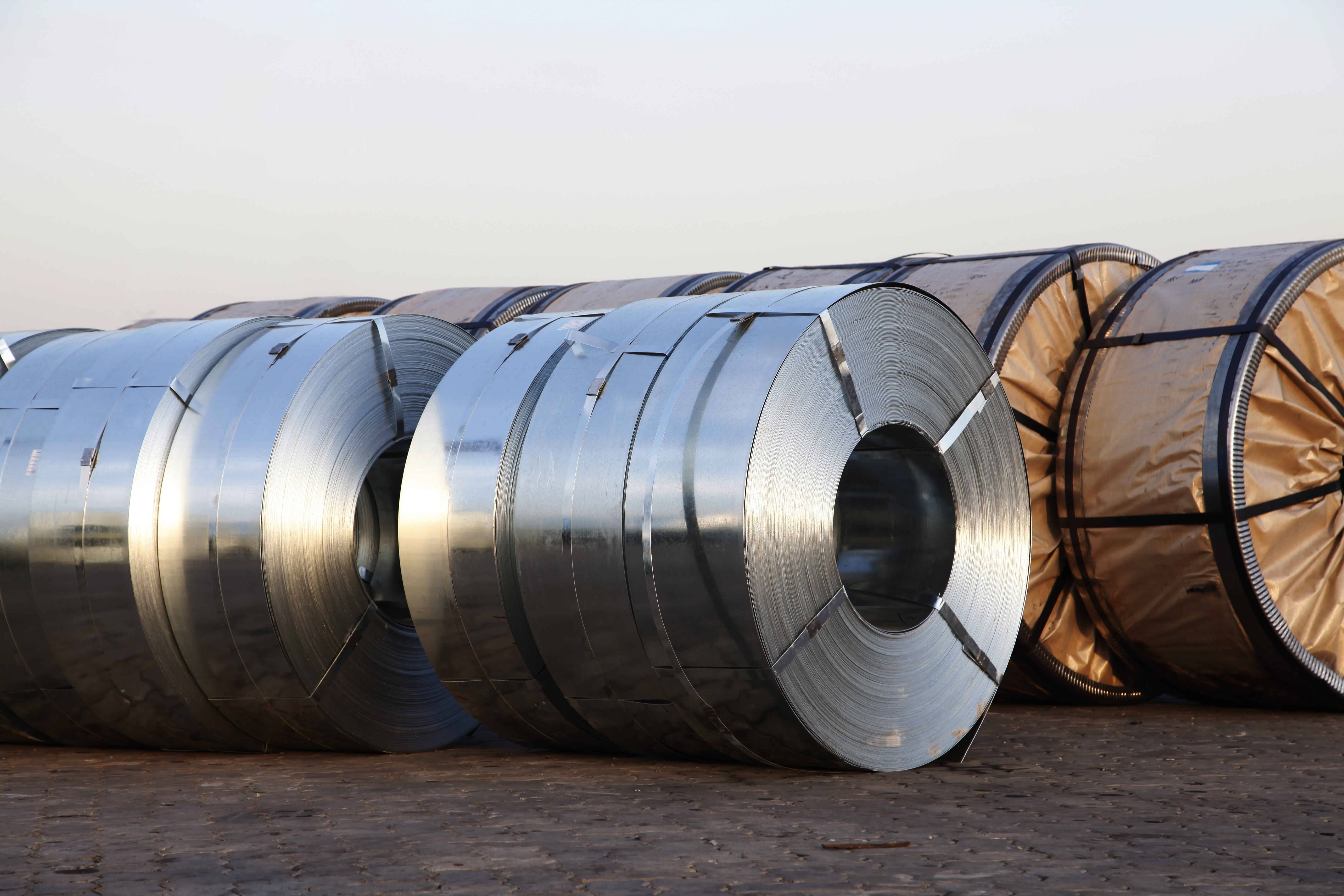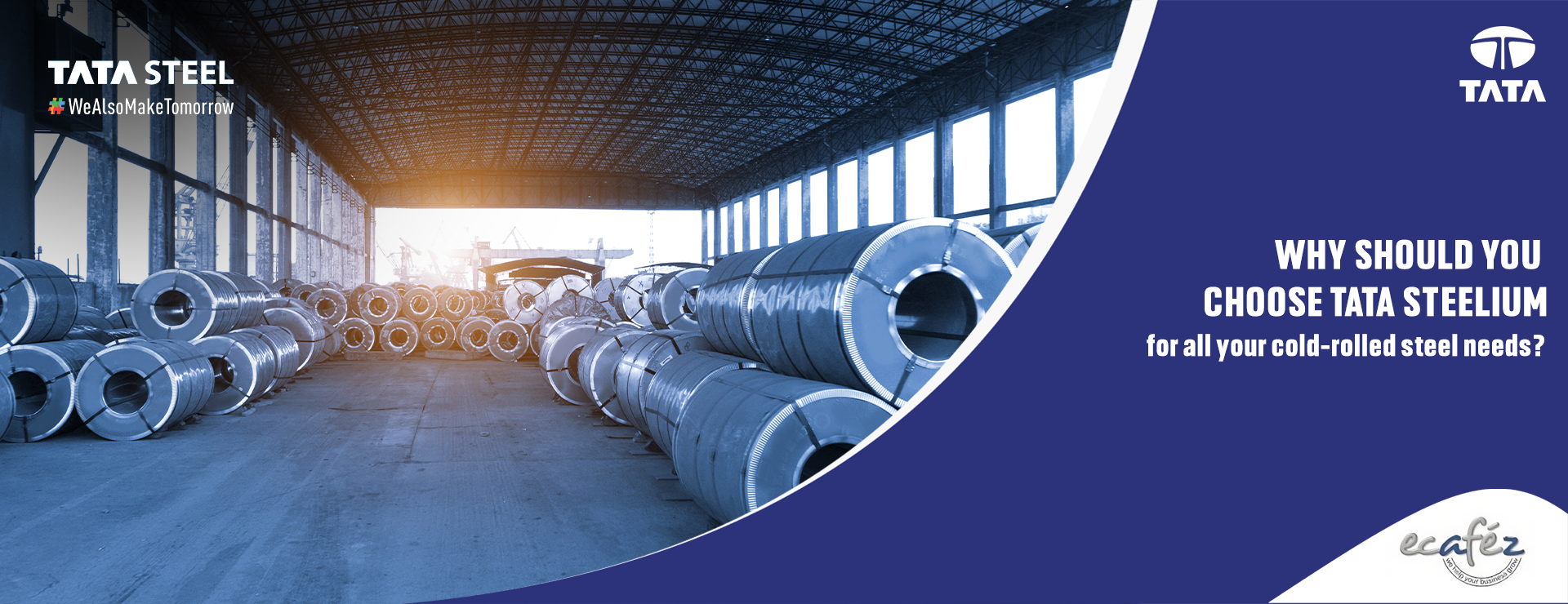Understanding the use & importance of Compressed air in a Coating Shop plays a very important role. This note is an attempt to elaborate the air management specifically for Liquid Painting & Powder Coating Industrial Activity. Overview The compressed air from the compressor is routed through pipes, hoses and manifolds to get it to the point of use. Conditioning The air from a compressor needs conditioning for several reasons: Ambient air has certain amount of humidity in it. When you compress this air, this humidity gets compressed along with the air. Much of this condenses in the compressor's air storage tank as well as in the pipelines; which goes through the hose to reach your equipment. Compressed air also has some dust in it. This needs to be removed or else it may show as dust particle as defect in your coating finish. Compressors have oil sump for lubrication, which will put some amount of oil in the compressed air. For some usages, this may be beneficial, but for painting / powder coating, this can create a defect in the finish. Pressure The air in the compressor's storage tank / reservoir will be at higher pressure. But mostly the air operated equipment run at lower pressures. There is need to regulate the air pressure for the usage point requirementAir Line Distribution Normally in a factory, compressed air is distributed through pipelines
Pressure Regulation All air operated equipment have specified operating pressures Pounds per Square Inch - PSI, Kg/cm2 or bar) and air volume (Standard Cubic Feet per Minute - SCFM), which is rated at a given pressure. Some specify minimum values to operate and maximum values for safe operations, beyond which the equipment may stall to operate or may fail. Usually the bursting pressure of the handheld equipment should be 3 to 5 times of the maximum operating pressure It is very important to understand the difference between Pressure and Volume of air This works as Voltage and Amperes in electrical circuits. For Pressure control you need a pressure regulator and for Volume control you need a valve. It is important to understand the basic difference between air pressure and air volume (flow). At same pressure you can vary air volume as well as for same air volume you can vary air pressure. My observation is that some people vary pressure using valve, which is wrong, the pressure will reduce only because of the reduced air volume in the line, compesating the required volume to get the best out put from that equipment. Let us understand the he regulators first. Pressure Regulator Air pressure regulator will reduce pressure without much reducing the air volume. Trying to reduce air pressure with the help of a valve is not a right way. A pressure regulator does exactly that. It ensures that the output pressure stays at or below a preset level. The most common way of doing this is the "diaphragm" type regulator. The diaphragm is a valve that balances air pressure against pressure from a spring. When the output pressure is too low, the diaphragm is pushed open by the incoming air and air goes through the cavity. When the output pressure reaches the desired level, the diaphragm is pushed closed and air stops flowing. Diaphragm regulators have bodies with large control knobs on the top. The control knob usually has a locking mechanism. Regulators with a pressure gauge is must. Make sure that the input and the output ports are properly connected . You must have the air flowing in the right direction for the regulator to work properly Air receivers The maximum allowable working pressures of air receivers should never be exceeded except when being tested. Only tested and approved tanks shall be used as air receivers. Air tanks and receivers should be equipped with inspection openings. The intake and exhaust pipes of small tanks, similar to those used in garages, should be made removable for interior inspections. Air receivers should be fitted with "Auto drain valve" that is located at the bottom of the receiver. Receivers should be drained frequently to prevent accumulation of liquid inside the unit. Air Distribution Lines Air lines should be made of high quality materials, fitted with secure connections. Only standard fittings should be used on air lines. Operators should avoid bending or kinking air hoses. Hoses should be checked to make sure they are properly connected to pipe outlets before use. Air lines should be inspected frequently. The typical & ideal air line drop should be as shown in the image ( above) to reduce / avoid the water & oil to enter / reach the equipment. Air Leakage Management - create awareness The first step in tackling leaks is to recognize the costs involved and make a commitment through a plant-wide awareness program. Regular, continuous attention to the compressed air system coupled with proper maintenance will lead to effective progress in minimizing leaks. Cost of compressed air could be calculated in various forms to drive the message to various users like: 1. Air leakage through a single 3 mm hole (say a manual drain kept crack open) can cost over Rs. 1.0 Lacs pa or 2. Cost of consuming 100 cfm would be Rs.80 per hour Typical Cost of Air Leakage Leaks are a significant source of wasted energy in a compressed air system, often wasting as much as 20%-30% of the compressor’s output. Compressed air leaks can also contribute to problems with system operations. These areas could be couplings, hoses, fittings, joints, quick connectors, FRLs (filter/regulator/lubricator). The savings if these leaks are eliminated - have a look at the figures below Assume 6,600 annual operating hours, Electricity rate of Rs 10.00 kilowatt-hour (kWh), Compressed air generation requirement of approximately 18 kilowatts (kW)/100 cfm. Cost savings = # of leaks x leakage rate (cfm) x kW/cfm x # of hours x Rs/kWh Using values of the leakage rates from the above table Cost savings from 1/4” (6.35 mm) leaks = 1 x 100 x 0.61 x 0.18 x 6,600 x 10.00 = Rs 7,24,680 Leak Detection A simpler method is to apply soap water with a sponge to suspect areas and check for air bubbles. It is messy but effective. So I is important to detect the leaks & seal them to improve our losses.
